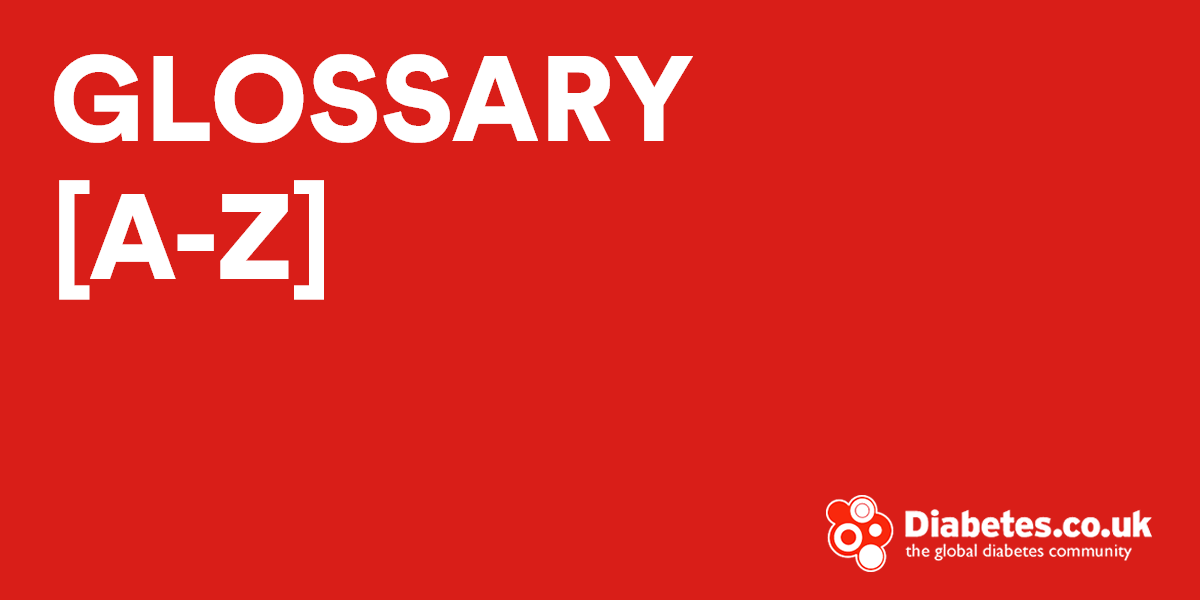nateglinide (neh-TEH-glin-ide):
an oral medicine used to treat type 2 diabetes. It lowers blood glucose levels by helping the pancreas make more insulin right after meals. Belongs to the class of medicines called D-phenylalanine derivatives. (Brand name: Starlix.)
necrobiosis (NEK-roh-by-OH-sis) lipoidica (lih-POY-dik-ah) diabeticorum (DY-uh-bet-ih-KOR-um):
a skin condition usually on the lower part of the legs. Lesions can be small or extend over a large area. They are usually raised, yellow, and waxy in appearance and often have a purple border.
neovascularization (NEE-oh-VASK-yoo-ler-ih-ZAY-shun):
the growth of new, small blood vessels. In the retina, this may lead to loss of vision or blindness.
nephrologist (neh-FRAH-luh-jist):
a doctor who treats people who have kidney problems.
nephropathy (neh-FROP-uh-thee):
disease of the kidneys. Hyperglycemia and hypertension can damage the kidneys’ glomeruli. When the kidneys are damaged, protein leaks out of the kidneys into the urine. Damaged kidneys can no longer remove waste and extra fluids from the bloodstream.
nerve conduction studies:
tests used to measure for nerve damage; one way to diagnose neuropathy.
nerve disease:
see neuropathy.
neurologist (ne-RAH-luh-jist):
a doctor who specializes in problems of the nervous system, such as neuropathy.
neuropathy (ne-ROP-uh-thee):
disease of the nervous system. The three major forms in people with diabetes are peripheral neuropathy, autonomic neuropathy, and mononeuropathy. The most common form is peripheral neuropathy, which affects mainly the legs and feet.
NIDDM:
see noninsulin-dependent diabetes mellitus.
noninsulin-dependent diabetes mellitus (NIDDM):
former term for type 2 diabetes.
noninvasive (NON-in-VAY-siv) blood glucose monitoring:
measuring blood glucose without pricking the finger to obtain a blood sample.
NPH insulin:
an intermediate-acting insulin; NPH stands for neutral protamine Hagedorn. On average, NPH insulin starts to lower blood glucose within 1 to 2 hours after injection. It has its strongest effect 6 to 10 hours after injection but keeps working about 10 hours after injection. Also called N insulin.
nutritionist (noo-TRIH-shuh-nist):
a person with training in nutrition; may or may not have specialized training and qualifications. See dietitian.




